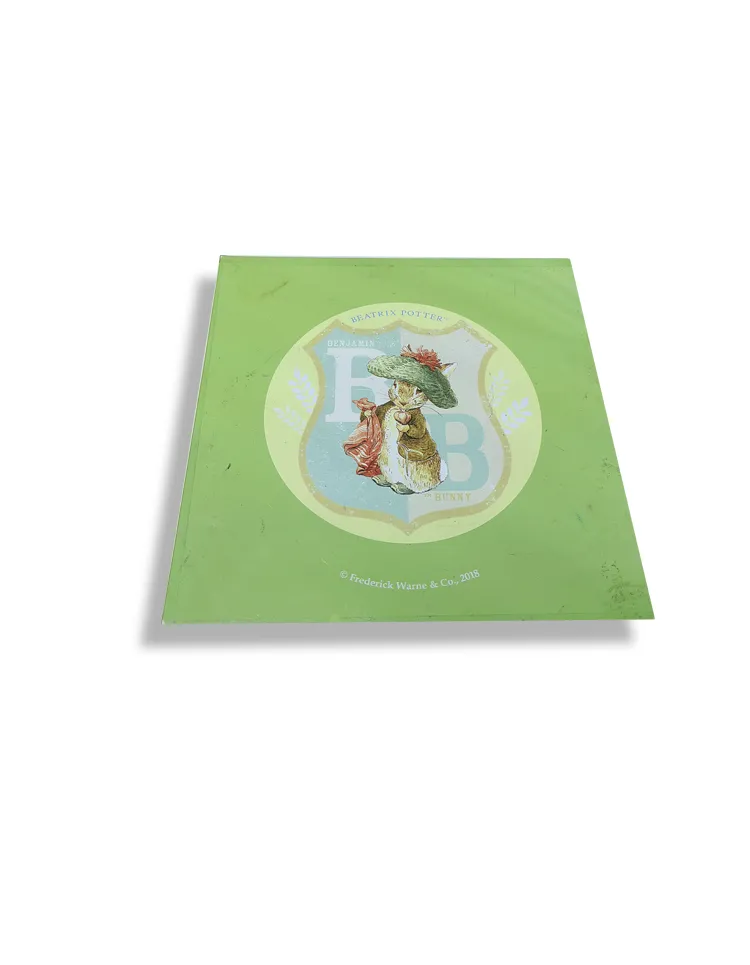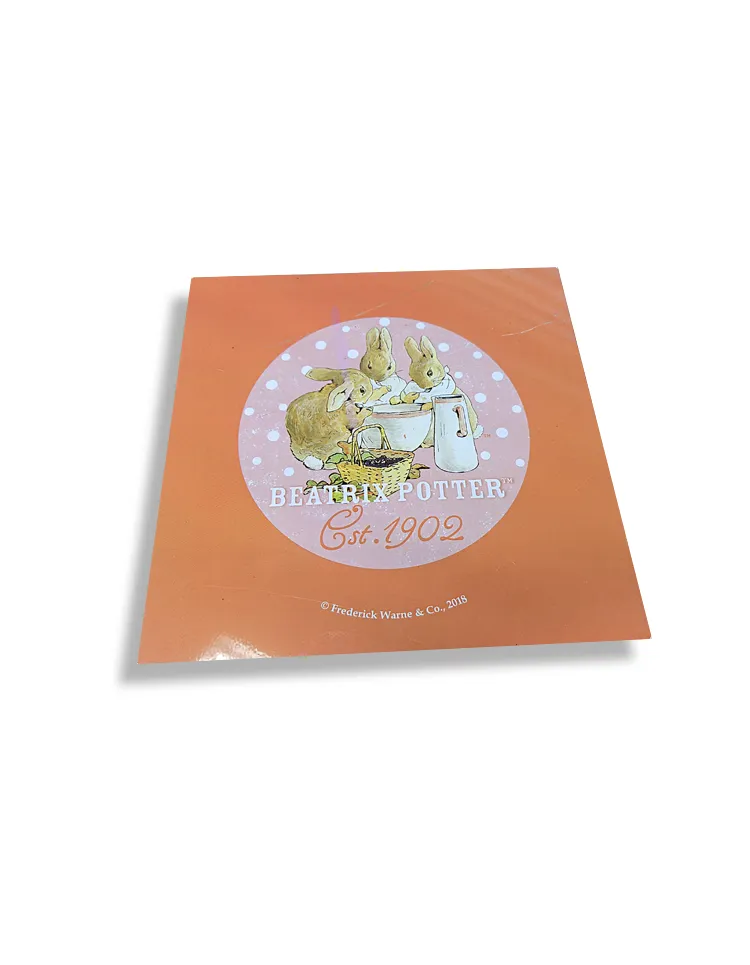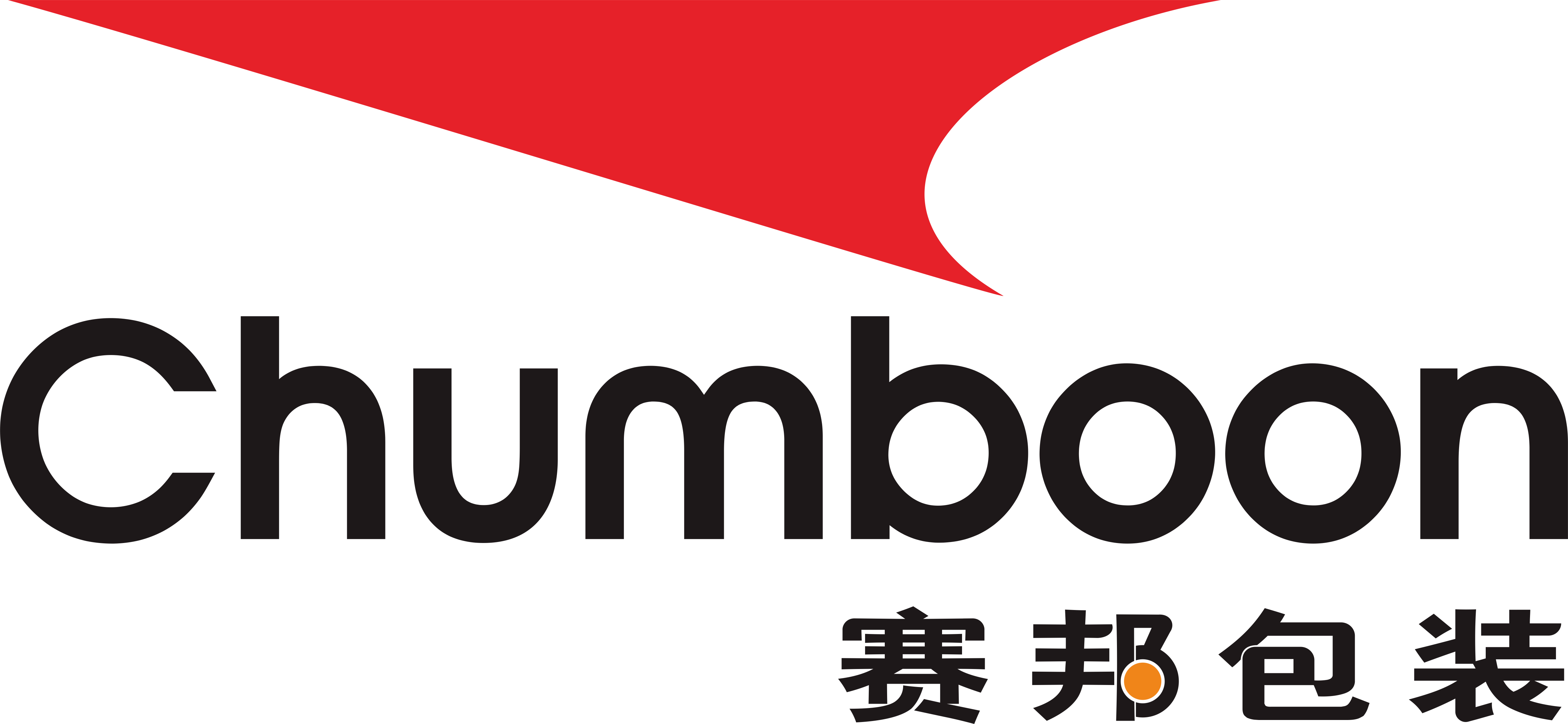In modern manufacturing, tinplate printing has attracted much attention because of its wide application in food, beverage and daily necessities packaging. However, the problem of residue treatment in the tinplate printing process is often overlooked. How to effectively deal with the residue after printing is not only related to production efficiency and product quality, but also involves environmental protection and sustainable development. This article will discuss in detail the generation, treatment methods and environmental significance of residues in the printing tinplate process.
Generation of residues in the printing tinplate process
Tin plate printing mainly includes plate making, printing and post-processing. Each link will produce a certain amount of residue, as follows:
1. Plate making residue: In the plate making process, waste photosensitive materials, negatives and chemical reagents will be generated. These materials contain harmful substances, which will pollute the environment if not treated.
2. Printing residue: Chemicals such as inks, solvents and cleaning agents used in the tinplate printing process will produce waste inks, waste solvents and cleaning waste liquids.
3. Post-processing residue: In the surface treatment and coating process of tinplate printing products, waste paint, waste gas and waste water will be generated.

Importance of residue treatment
Effective treatment of residues after printing tinplate is not only a requirement of environmental protection regulations, but also an important manifestation of corporate social responsibility.
The following are the importance of residue treatment:
1. Environmental protection: Chemicals in printing residues may cause serious pollution to soil and water sources. Through scientific treatment, the emission of harmful substances can be effectively reduced and the ecological environment can be protected.
2. Resource conservation: Some printing residues, such as waste ink and waste solvents, can be recycled and reused to reduce resource waste and reduce production costs.
3. Health and safety: Chemicals used in the printing tinplate process pose a potential threat to workers' health. Through reasonable treatment and management of residues, exposure to harmful substances can be reduced and workers' health and safety can be guaranteed.
Treatment methods for tin plate printing residues
For different types of tinplate printing residues, the use of appropriate treatment methods is the key to ensuring environmental protection and safety. The following are several common treatment methods:
Treatment of waste ink:
1. Recycling and reuse: Waste ink can be recycled and reused through filtration and separation technology. The recycled ink can be used for printing products with low quality requirements, or as a raw material for other industrial purposes.
2. Harmless treatment: For waste ink that cannot be recycled, harmless treatment should be carried out, such as incineration or solidification landfill. Incineration should be carried out in professional waste treatment facilities to ensure the thorough decomposition of harmful substances.
Treatment of waste solvents:
1. Distillation recovery: Waste solvents can be recovered through distillation equipment, and the regenerated solvents can continue to be used in the production process. Distillation recovery not only reduces the emission of waste solvents, but also reduces production costs.
2. Biodegradation: Some organic solvents can be converted into harmless substances through biodegradation. Biodegradation technology uses microorganisms to decompose organic matter and is suitable for treating low-concentration waste solvents.
Treatment of waste paint and waste gas:
1. Solidification landfill: Waste paint can be safely landfilled after solidification treatment to prevent its pollution to the environment. Solidification treatment generally uses cement or other curing agents to convert waste paint into a stable solid form.
2. Waste gas treatment: Volatile organic compounds (VOCs) generated during the printing tinplate process need to be purified by waste gas treatment equipment. Common methods include activated carbon adsorption, catalytic combustion and biofilters.
Wastewater treatment:
1. Physical and chemical treatment: Printing tinplate wastewater contains a large amount of ink particles and chemicals, which can be treated by physical and chemical methods such as coagulation, sedimentation and filtration to remove harmful substances.
2. Biological treatment: Biological treatment technology is used to decompose organic pollutants in wastewater through the metabolism of microorganisms. It is suitable for treating wastewater with high biochemical oxygen demand (BOD) and chemical oxygen demand (COD).

Proper treatment of residues after tin plate printing is an important part of ensuring production safety, protecting the environment and achieving sustainable development. Through scientific and reasonable treatment methods and technological innovation, enterprises can not only effectively control environmental pollution, but also enhance their market competitiveness and social responsibility.

